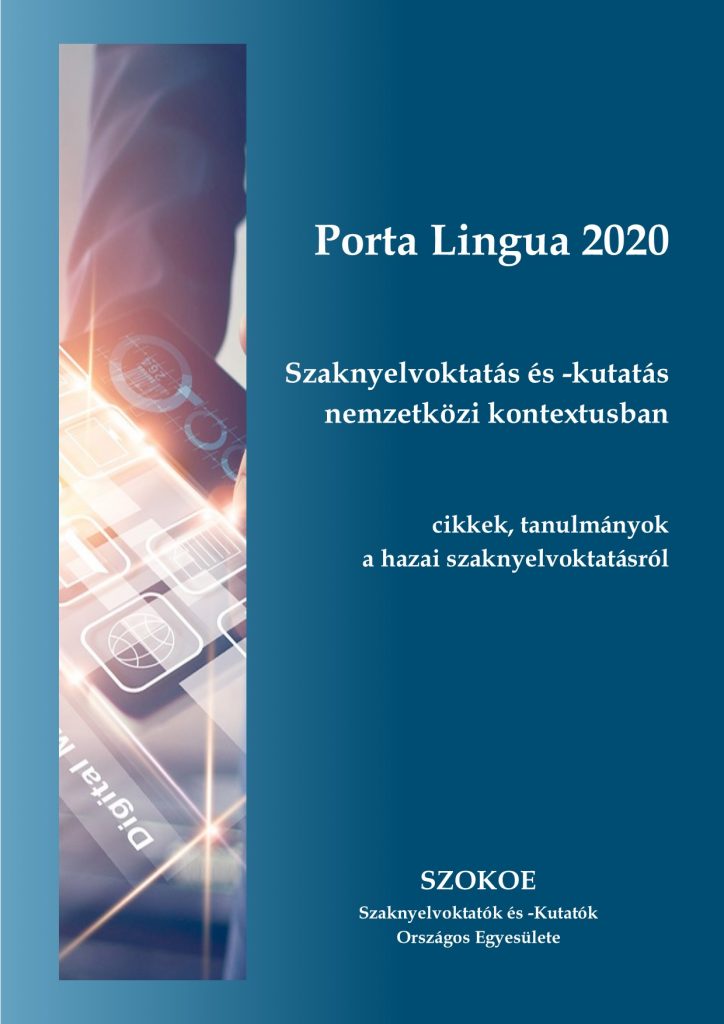Neumayer Dénes
Metadiscourse distribution measurement – an experimental case study of a translation
In: Bocz, Zs. – Besznyák, R. (eds) (2020): Porta Lingua 2020. Szaknyelvoktatás és -kutatás nemzetközi kontextusban. Cikkek, tanulmányok a hazai szaknyelvoktatásról. SZOKOE: Budapest. 67-78
DOI: https://doi.org/10.48040/PL.2020.6
Absztrakt
The term metadiscourse is used for language elements that either aid the organising of a text or serve the expression of the writer’s stance towards the content of the text or towards the reader. Most research done on metadiscourse scrutinise the number and quality of these elements for whole texts, while disregard the examination of the patterns on a lower level. Nevertheless, discovering paragraph-level patterns may not just help understand the metadiscourse structure of texts but could also help us understand better what happens to texts during translation. To our knowledge, no established methods exist to measure and compare metadiscourse distribution patterns. This paper introduces a method of paragraph-level analysis and comparison, and presents the results of a small case study carried out on a textbook excerpt and its translation. The method shown here opens up the possibility to furthering the depth of knowledge about text construction, reader-writer communication and discourse community-specific characteristics and how these features are handled during translation.
Keywords: contrastive rhetorics, distribution measurement, metadiscourse, metadiscourse distribution, paragraph


 Porta Lingua 2020
Porta Lingua 2020